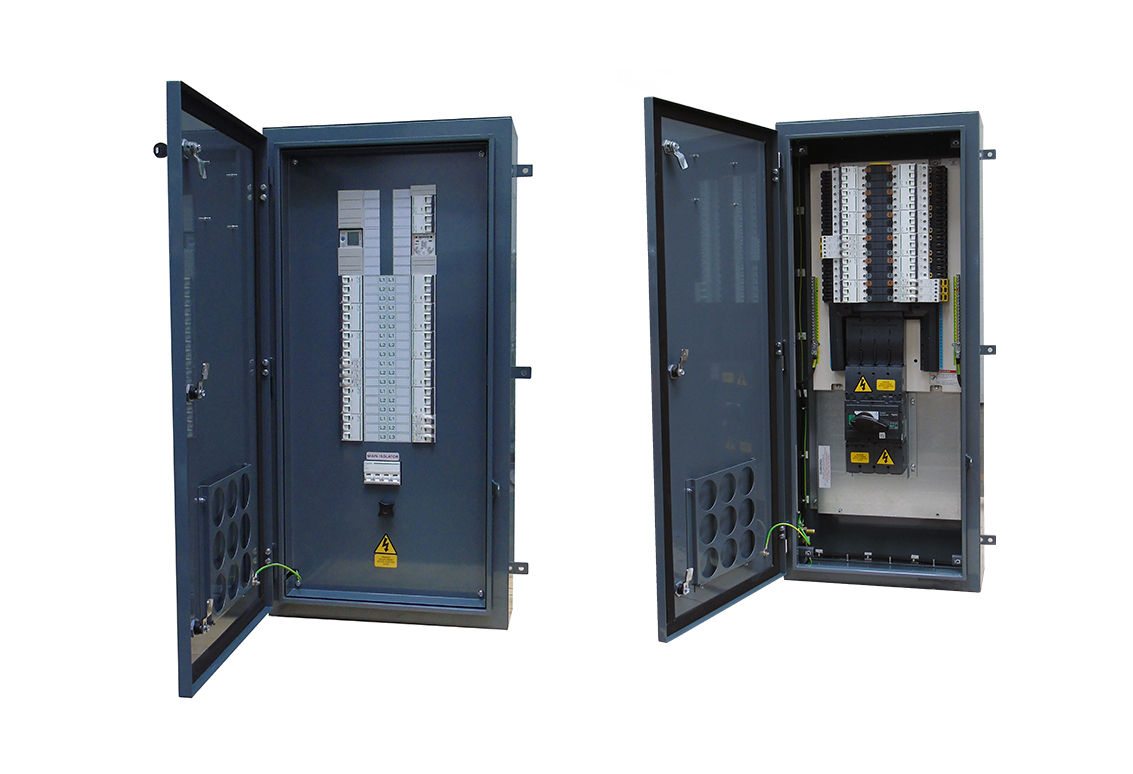- Nov 30, 2021
- 3,333
- 1
- 2,923
- 3,247,381
- If you're a qualified, trainee, or retired electrician - Which country is it that your work will be / is / was aimed at?
- United Kingdom
- What type of forum member are you?
- Practising Electrician (Qualified - Domestic or Commercial etc)
- Business Name
- Mainline services
In some older houses you have the airing cupboard in the bathroom with all the immersion switches and pumps and sometimes the heating JBs all slung in there etc
Being in a cupboard arguably takes it out of the zone in the same way a FCU being under a bath does, and in the same way an airing cupboard/partition door does.


 .
.






